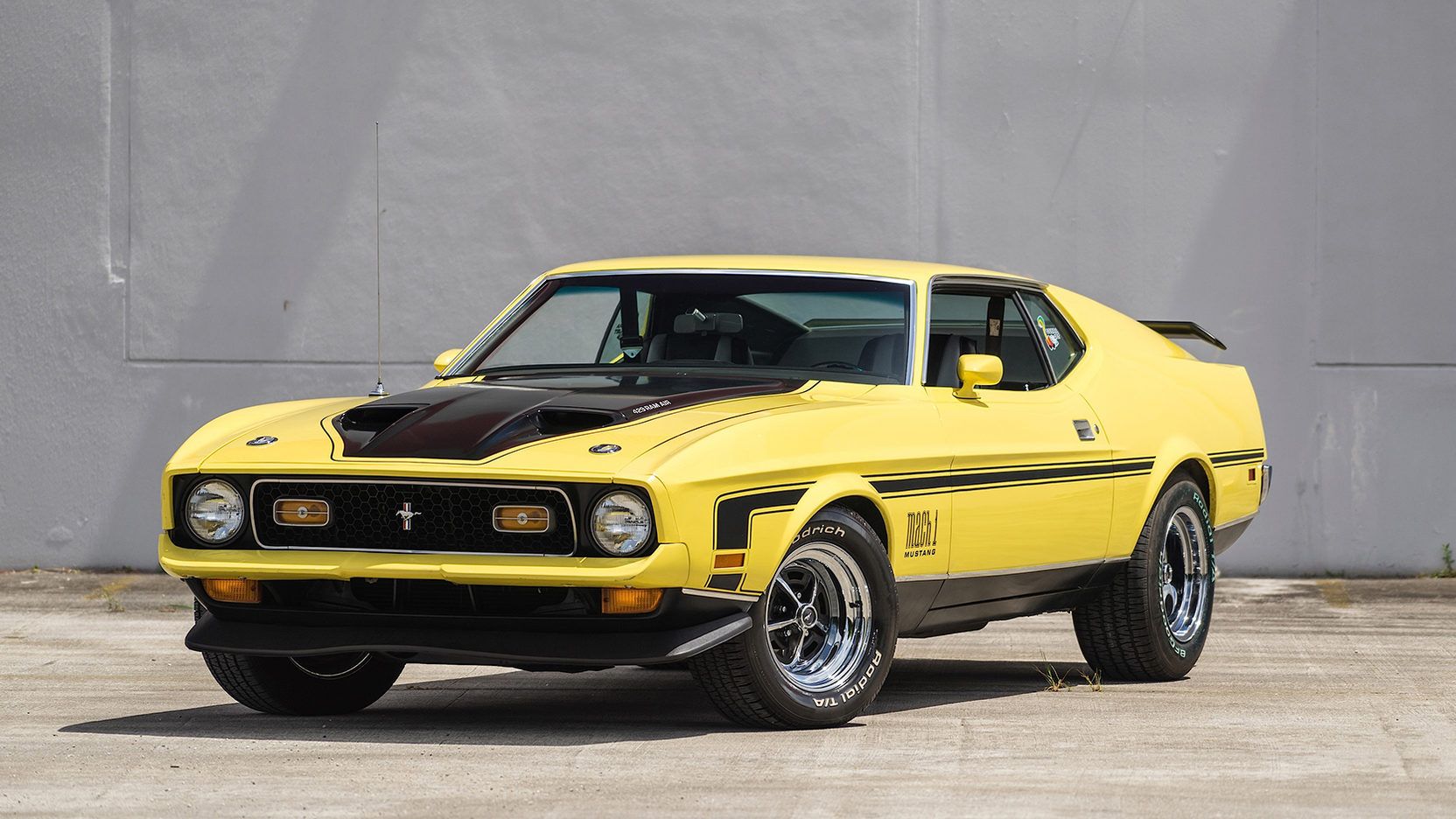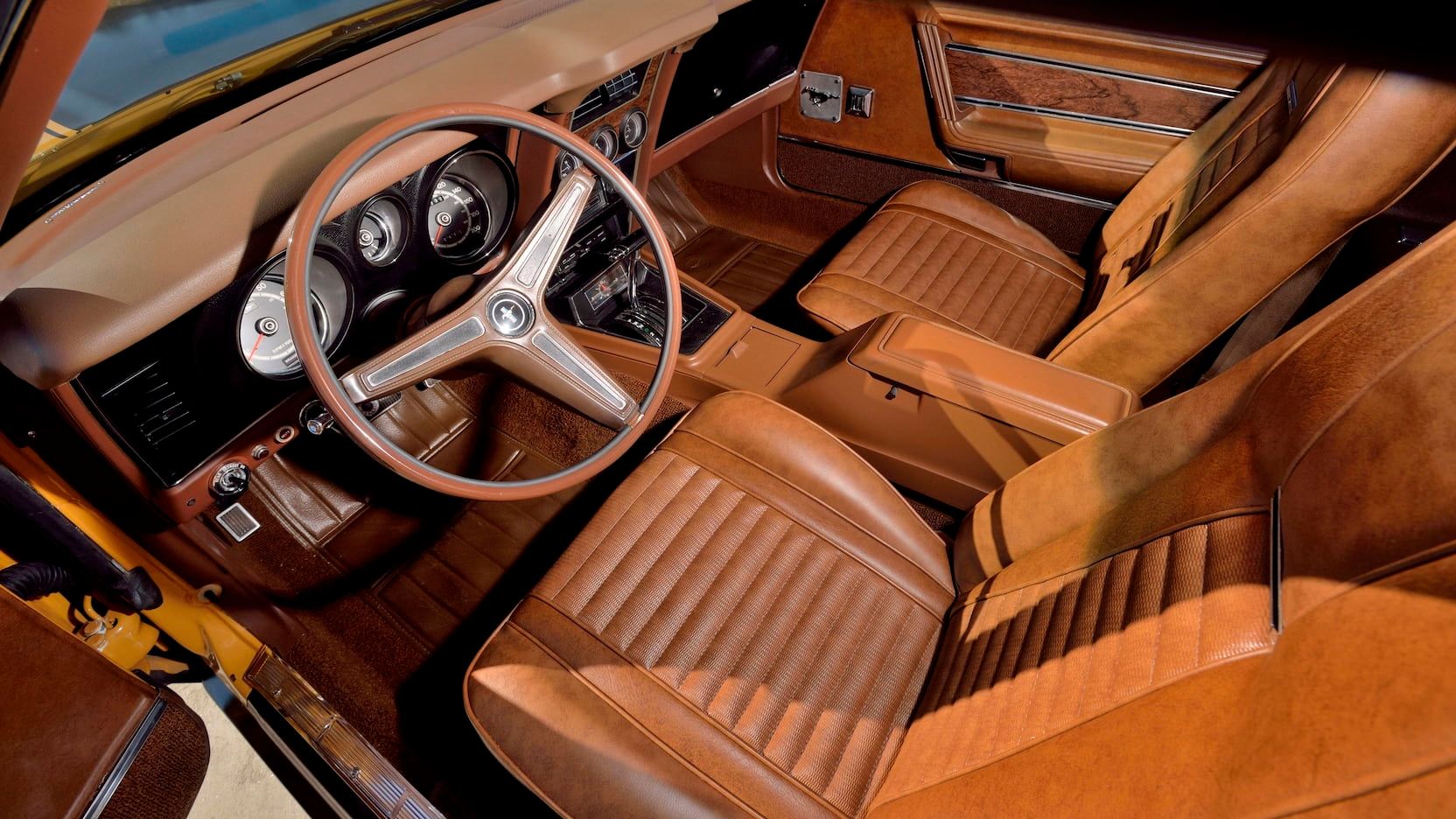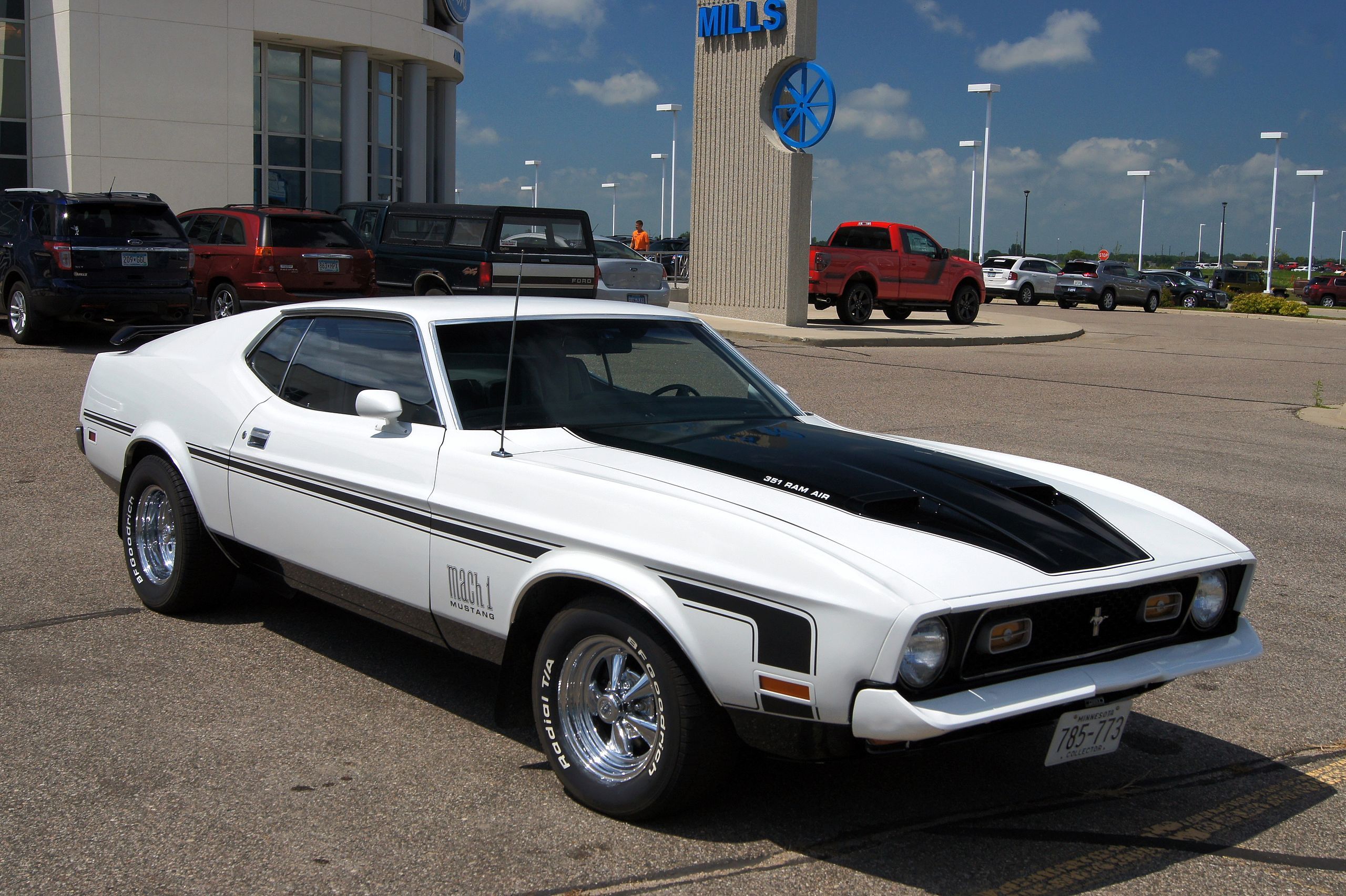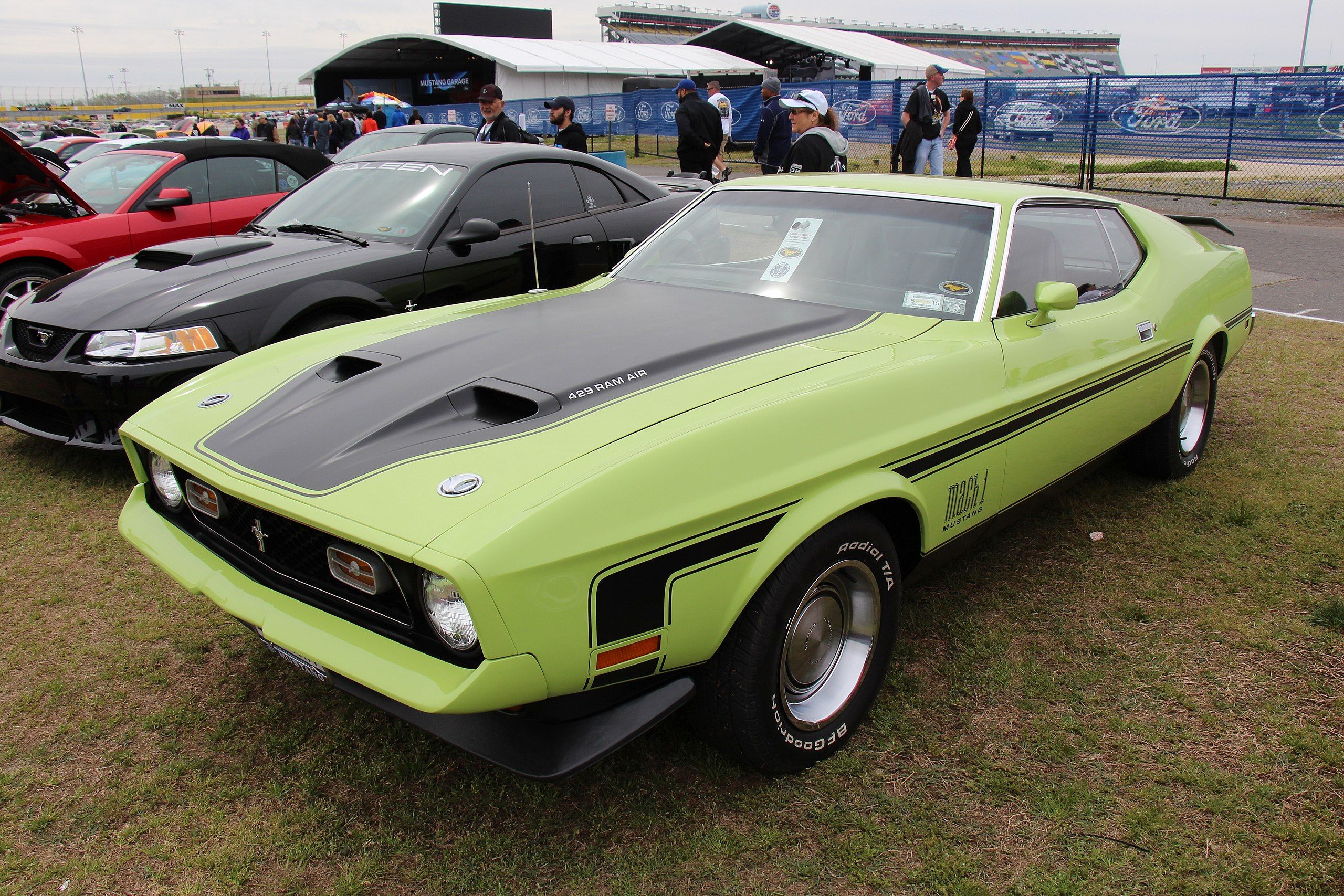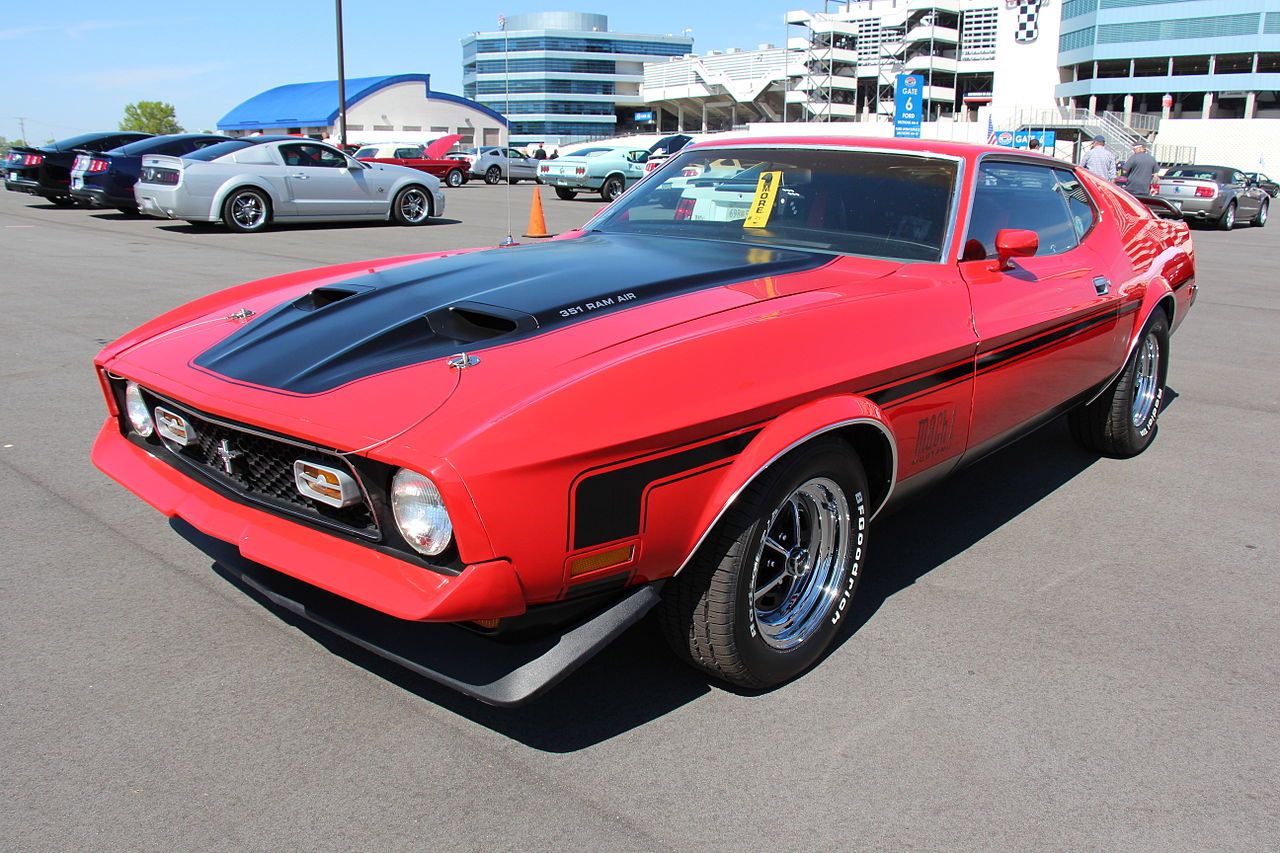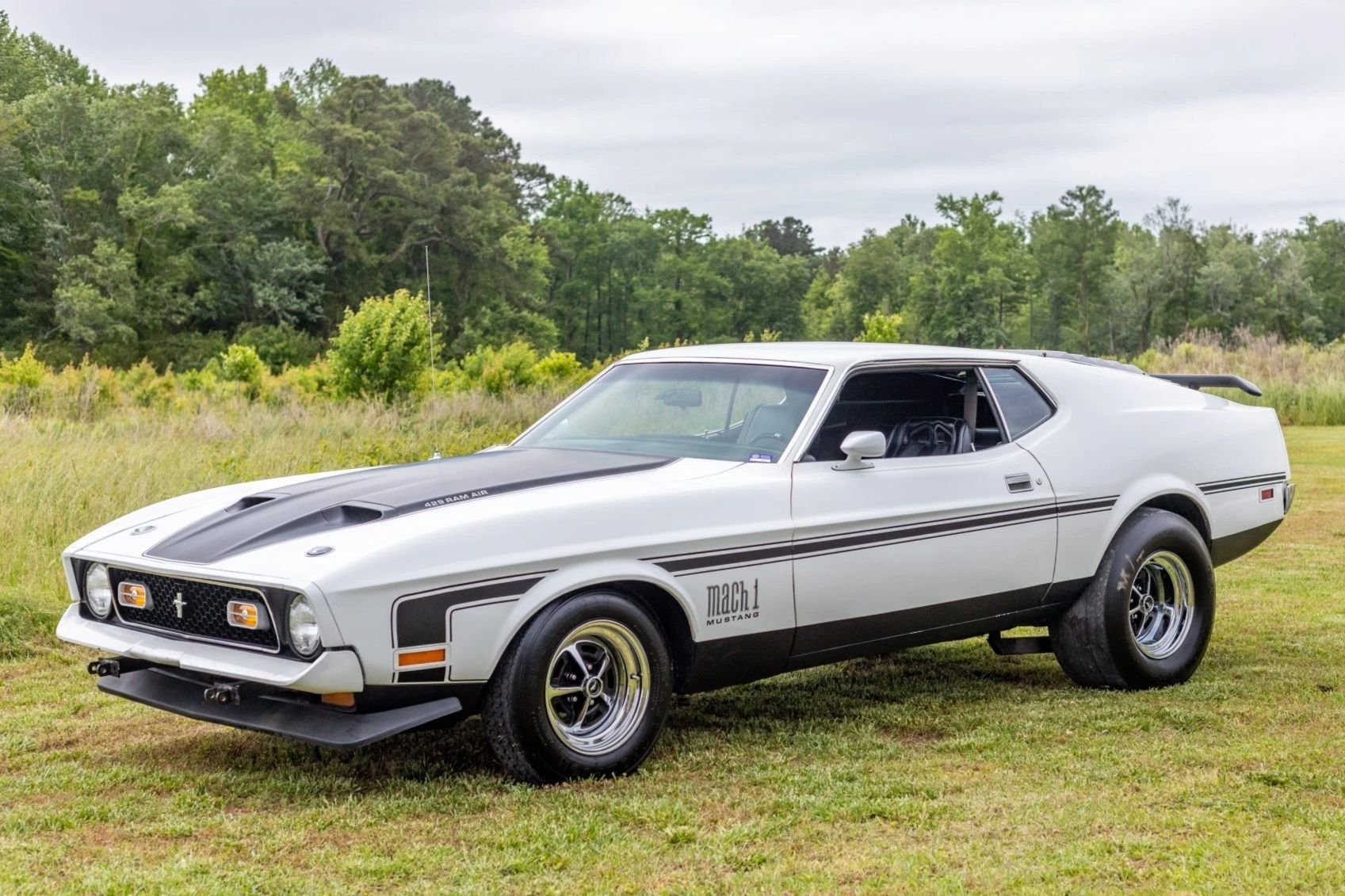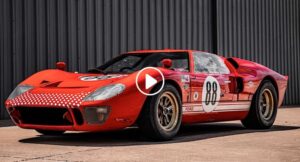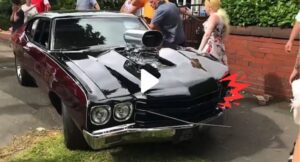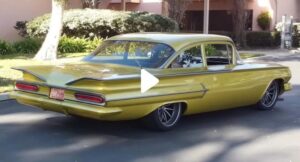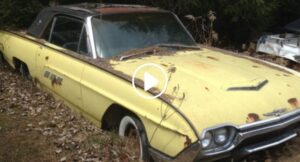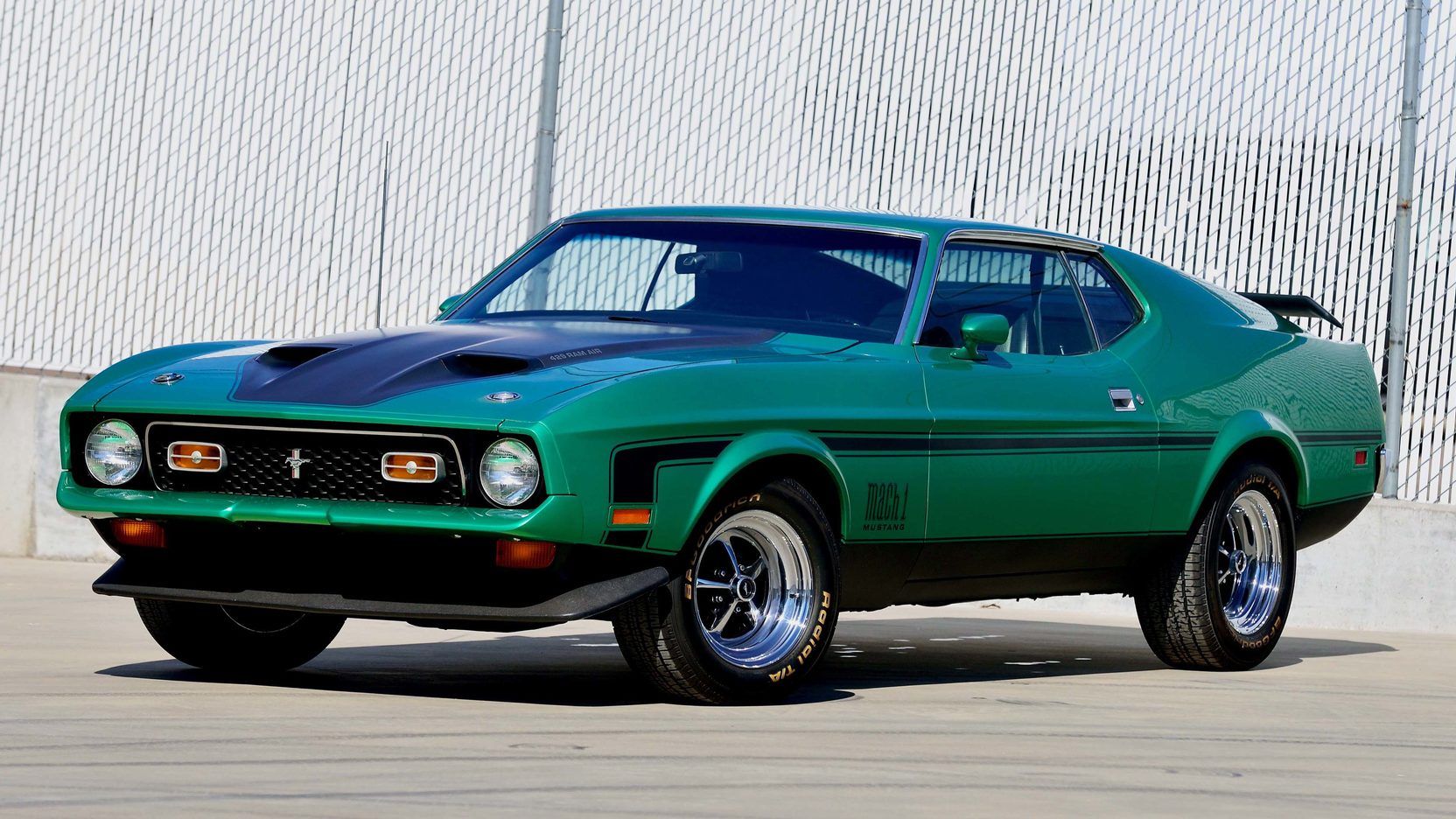
The Drag Pack is a special option package that could be added to almost any classic muscle car that Ford produced. For some of the Mustangs, such as the 302 Boss cars, the package was added on automatically without the buyers even knowing it. For the Mach I, though, it was an option that had to be checked off when ordering the car from the manufacturer. The drag pack included a traction-lock differential, an upgraded crankshaft, a high-performance flywheel, an engine oil cooler, cap screw connecting rods, and a choice of rear axle ratios. All this creates a car better suited for the drag strip.
